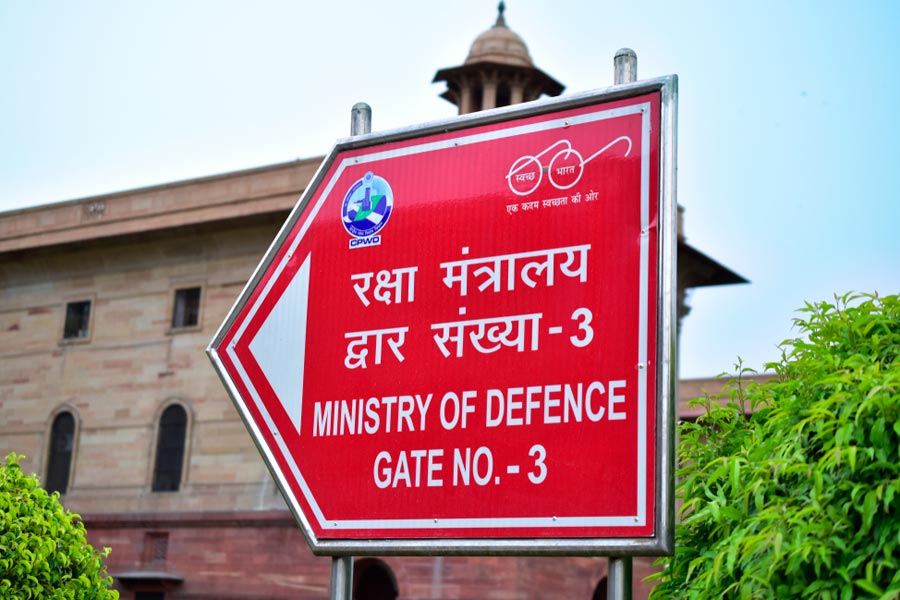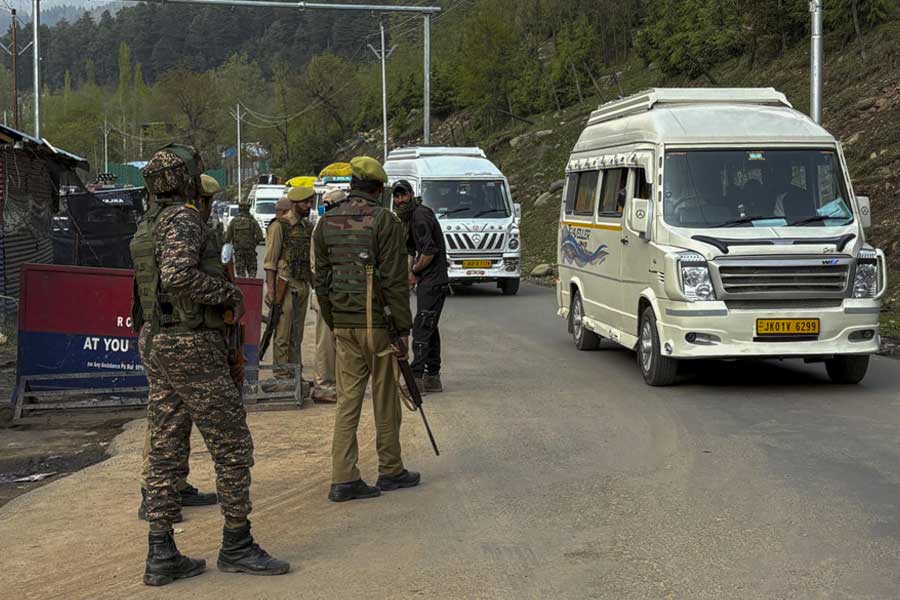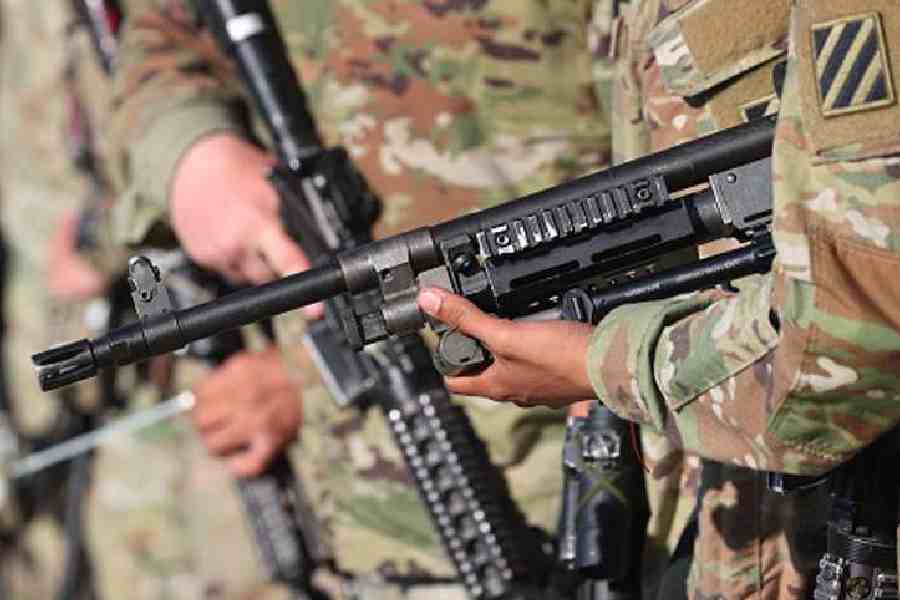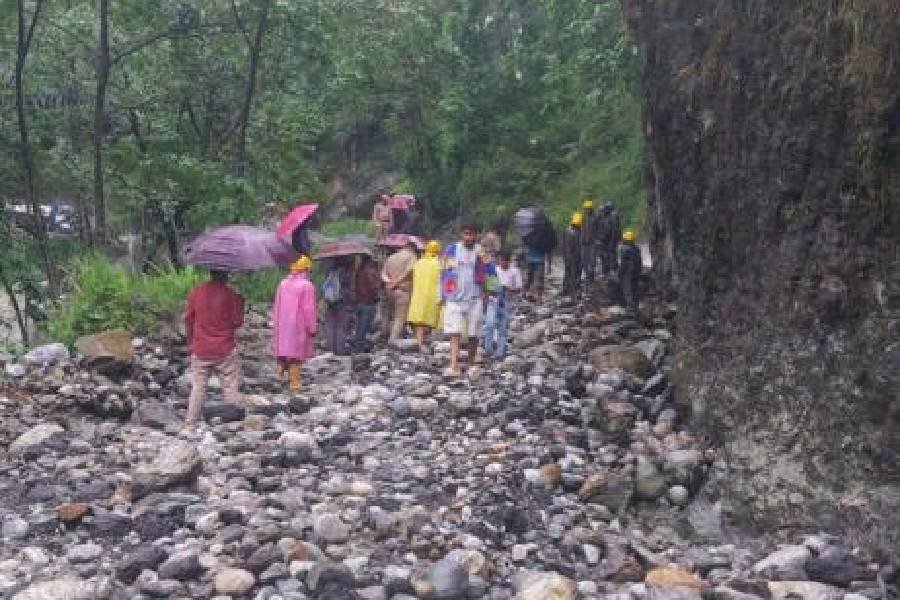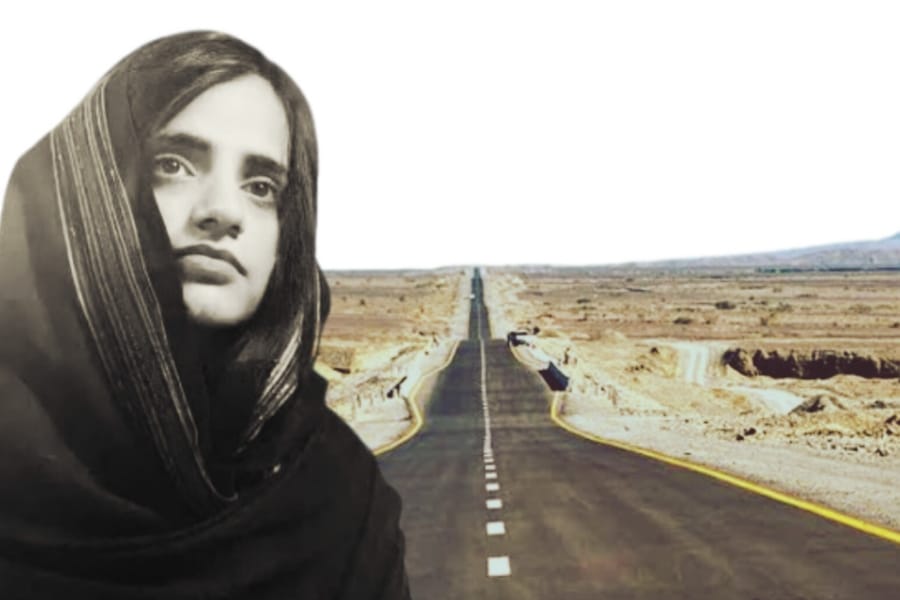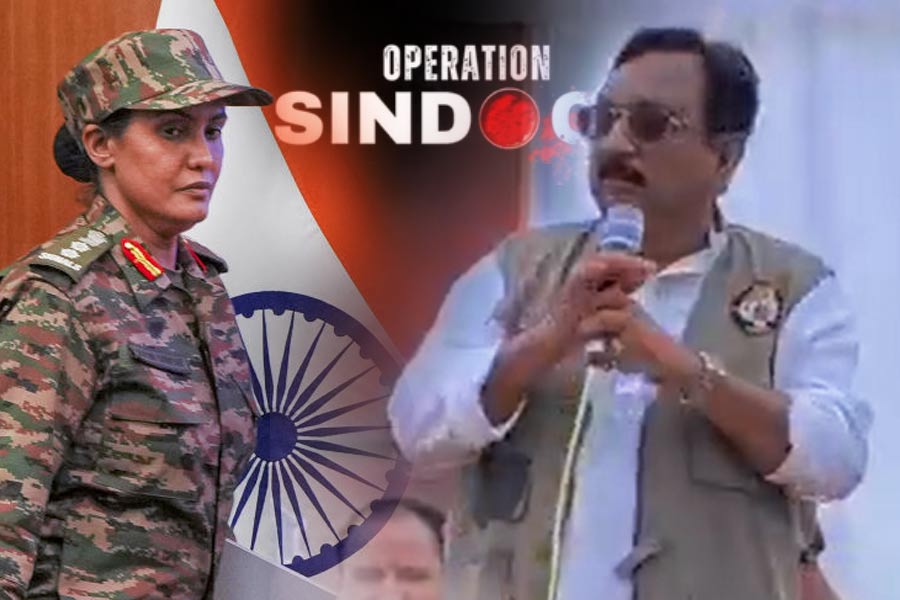
The acronym, many thought, was inappropriate. So SITA — the Suppression of Immoral Traffic Act — changed its name. But the Immoral Traffic (Prevention) Act, 1956 — or ITPA, 1956 — could do little to control trafficking. Now the government wants to bring a comprehensive law to counter trafficking and address slavery, sexual exploitation and forced labour.
The move comes after the Supreme Court directed the Centre to take “effective” steps to curb trafficking and asked the Cabinet secretary to ensure that the proposed agency to handle such crimes be made operational by November. The Organised Crime Investigation Agency is expected to have the powers to conduct investigations, apart from executing the rescue and rehabilitation of children.
An inter-ministerial committee under the Cabinet secretary, which will pilot the draft bill, felt that the law at present looks at trafficking in terms of sexual exploitation. But there are other forms of exploitation that are covered by different legislation administered by ministries such as home affairs, labour and health.
Anti-trafficking activists and lawyers feel the government’s move to bring an omnibus legislation will deal with trafficking from all aspects. “It shows the seriousness of the government at the national level to fight the menace of trafficking,” says anti-trafficking activist Ravi Kant of Shakti Vahini, a non-government organisation (NGO).
He adds that when a minor is rescued from traffickers, the police have to deal with multiple laws. “In most cases, girls are brought from one state to another with the promise of domestic work and then forced into prostitution. As such, several acts such as the Child Labour Act, Juvenile Justice Act, Interstate Migration Act and Protection of Children from Sexual Offences Act come into play. One single act will help law enforcement agencies in filing strong charges and in giving justice to the victims,” he explains.
Ironically, though the problem of trafficking is an age-old one, it was not legally defined till 2013 when the Criminal Amendment Act was passed and new sections — 370 and 370A — were substituted for Section 370, which dealt with the buying or disposing of any person as a slave. The new sections provide for punishment with imprisonment ranging from at least seven years to the remainder of that person’s natural life, depending on the number or category of persons trafficked.
Anti-trafficking experts also believe that ITPA tends to “re-victimise” the victims instead of helping them. It allows authorities to conduct raids on red light districts and arrest women working there.
“Though the act is unsparing of sex workers, it offers very light punishment for customers or traffickers,” points out Ruchira Gupta, founder and president, Apne Aap, an NGO for women’s rights and the eradication of sex trafficking.
Moreover, the law says that adult women can consent to being trafficked. “This is rubbish and violates basic rights,” says Meena Seshu, co-founder, Sangram, which works with women engaged in sex work in Maharashtra.
Activists also believe that any new legislation should also look at rehabilitation and protection.
“What is the point in carrying out a rescue operation when after the rescue you don’t know where the girl has to be kept,” asks Sunitha
Krishnan, social activist and co-founder of Prajwala, an NGO which filed a PIL (Prajwala vs Union of India) in the Supreme Court in 2004 for victim-friendly policies and awareness about sex trafficking. “A victim-centric approach will ensure that before you rescue, you prepare a safe house and the psychological healing space so that she can recover from her pain.”
Krishnan, however, believes that only a national body like the proposed agency can tackle the problem of trafficking which cuts across states. “The current law does not look at the extent of the crime from the source to the destination,” she says.
Human trafficking — for sexual exploitation, forced labour, organ trade and so on — has emerged as one of the largest organised crimes in the world, says a recent report by the National Legal Services Authority (Nalsa). In a report, the UN Office on Drugs and Crime describes human trafficking in South Asia as one of the fastest growing transnational organised crimes.
Over 1,50,000 people are trafficked within South Asia every year. Countries in South Asia serve as prominent origin, transit and destination countries for women, children and men being trafficked. India acts both as a source and destination of human trafficking, with women and children being taken from Nepal, Bangladesh and Sri Lanka to Gulf countries and Europe.
Though people tend to associate trafficking only with women in India, men are equally affected and are forced to work in inhospitable conditions as bonded labourers in factories, brick kilns, etc., says Yashomati Ghosh, assistant professor, National Law School of India University, Bangalore.
“A comprehensive legislation, which will treat those trafficked as victims and not criminals, is necessary. As India has ratified all international conventions relating to trafficking, it is obligatory on the part of the government to come up with comprehensive legislation that tackles the problems of trafficking and provides dignified treatment to sex workers,” Ghosh stresses.
But there are some who feel it is futile to club all offenses under one law. “Child labour, children trafficked for beggary, marriage, sexual slavery, camel jockeys, organ transplant, adoption, etc. are all different issues and need to be understood and handled differently,” argues human rights activist Priti Patkar.
There is a need to “revisit” the ITPA, she admits, but the efforts should be aimed at strengthening the law instead of bringing in a new one. “New sections could be added for victim compensation, protection and rehabilitation and special courts could be constituted to try these cases. The courts should ensure speedy justice to the victims so that the accused does not jump bail or go absconding. The law should be simplified and made more victim-friendly and civil society-friendly.”
The problem, others believe, is with implementation. The ITPA has provisions that are not executed. “Hardly 10 per cent of the act is applied correctly,” Krishnan believes. She points out that a provision that a magistrate can have a panel of social workers to assist in the rehabilitation of a victim has only been followed by Goa. “A lot of good can come if the law is applied properly,” Krishnan says.
Senior Supreme Court lawyer Colin Gonsalves agrees. “Whenever the government is found to be lacking, it comes out with a new law. Have they taken a single step to combat trafficking,” he asks, brushing off the proposal as “another of those pretend measures”.
A new law to counter trafficking has to also take into confidence those who have faced the brunt of trafficking — sex workers, points out Delhi-based lawyer Radhika Chitkara. “The government can’t make a legislation without accounting for what sex workers want for themselves,” she avers.


